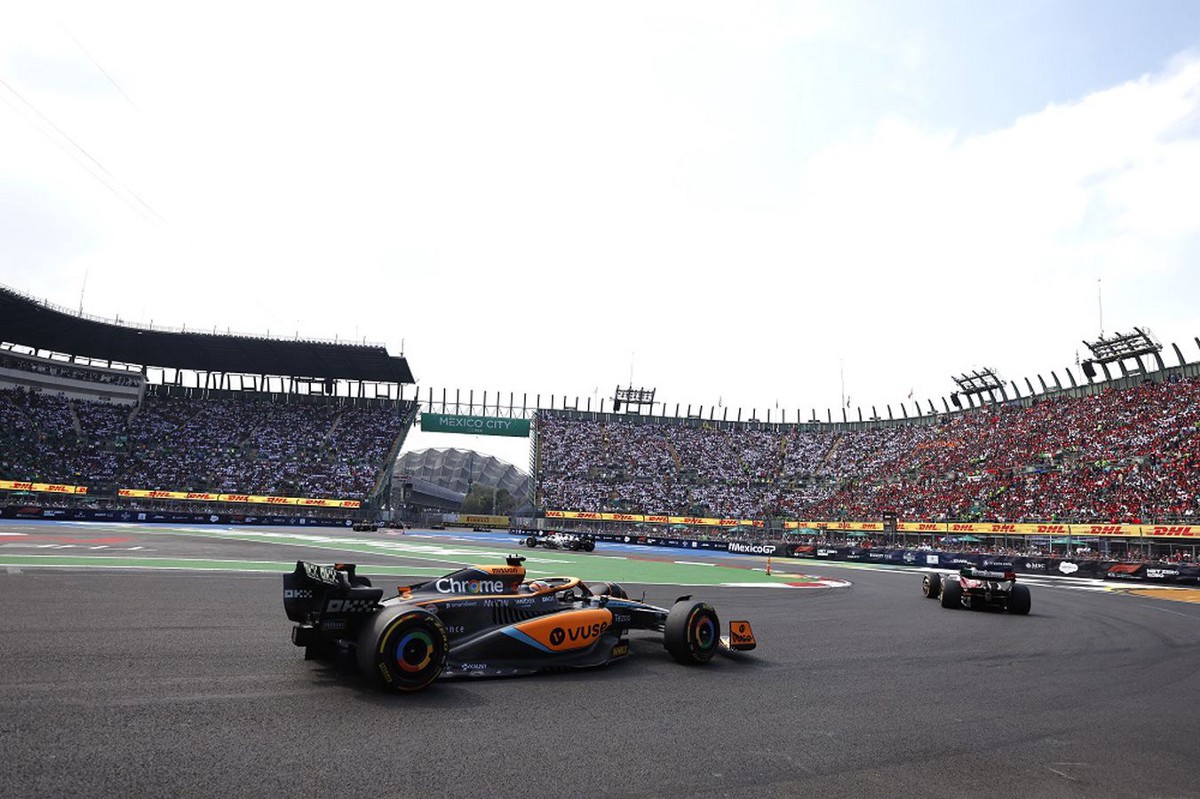Formula 1 is one of the most prestigious and exciting motorsport events in the world, attracting millions of fans and spectators to races around the globe each year. The F1 calendar is filled with iconic tracks that have stood the test of time, but not every circuit is able to maintain its place on the grid. There are several factors that can make or break a circuit’s place on the F1 calendar, and understanding these factors is crucial for both race organizers and fans alike.
1. Track Safety and Facilities
One of the most important factors that can determine a circuit’s place on the F1 calendar is its safety and infrastructure. F1 is a high-speed sport that involves complex machinery and skilled drivers, so it is essential that the track meets strict safety standards set by the FIA. Circuits must have proper barriers, run-off zones, and medical facilities to ensure the safety of both drivers and spectators.
In addition to safety, the facilities at the circuit also play a key role in determining its place on the calendar. F1 is a global event that attracts VIP guests, sponsors, and media from around the world, so it is important for circuits to offer top-notch hospitality, media facilities, and amenities for guests. Circuits that are able to provide a world-class experience for visitors are more likely to secure a spot on the F1 calendar.
2. Financial Considerations
Another factor that can make or break a circuit’s place on the F1 calendar is money. Hosting an F1 race is a costly endeavor, with circuits required to pay hefty fees to the F1 Group for the privilege of hosting a race. In addition to the race fees, circuits must also cover expenses such as track maintenance, safety upgrades, and marketing to attract fans to the event.
For some circuits, the financial burden of hosting an F1 race can be too much to bear, leading to their removal from the calendar. On the other hand, circuits that are able to generate significant revenue from ticket sales, sponsorships, and hospitality are more likely to secure a long-term contract with F1. Finding the right balance between costs and revenues is crucial for circuits looking to maintain their place on the F1 calendar.
3. Location and Accessibility
The location of a circuit can also impact its place on the F1 calendar. F1 is a global sport that attracts fans from all corners of the world, so having a convenient location and good accessibility is key to attracting a large audience. Circuits that are located in major cities or tourist destinations are more likely to draw fans and media attention, while circuits in remote or less-populated areas may struggle to attract spectators.
In addition to location, the accessibility of the circuit is also important. Circuits that are easily accessible by public transport and have ample parking facilities are more likely to attract fans and provide a positive experience for visitors. Circuits that are located in congested or hard-to-reach areas may deter fans from attending the race, which can ultimately impact their place on the F1 calendar.
4. History and Tradition
Finally, the history and tradition of a circuit can play a major role in determining its place on the F1 calendar. F1 has a rich and storied history, with many circuits having hosted races for decades. Circuits with a long-standing tradition of hosting F1 races are often seen as iconic venues that add to the prestige of the sport.
Circuits that have a strong fan base, a unique track layout, or a history of memorable races are more likely to secure a place on the F1 calendar. Conversely, newer circuits that lack history or fail to capture the imagination of fans may struggle to maintain their place on the grid. Ultimately, the history and tradition of a circuit can be a deciding factor in whether it remains a part of the F1 calendar for years to come.
In conclusion, there are several key factors that can make or break a circuit’s place on the F1 calendar. From safety and facilities to finances, location, and history, there are many considerations that race organizers and fans must take into account when evaluating a circuit’s suitability for hosting an F1 race. By understanding these factors and working to address any potential weaknesses, circuits can increase their chances of securing a spot on the prestigious F1 calendar.



